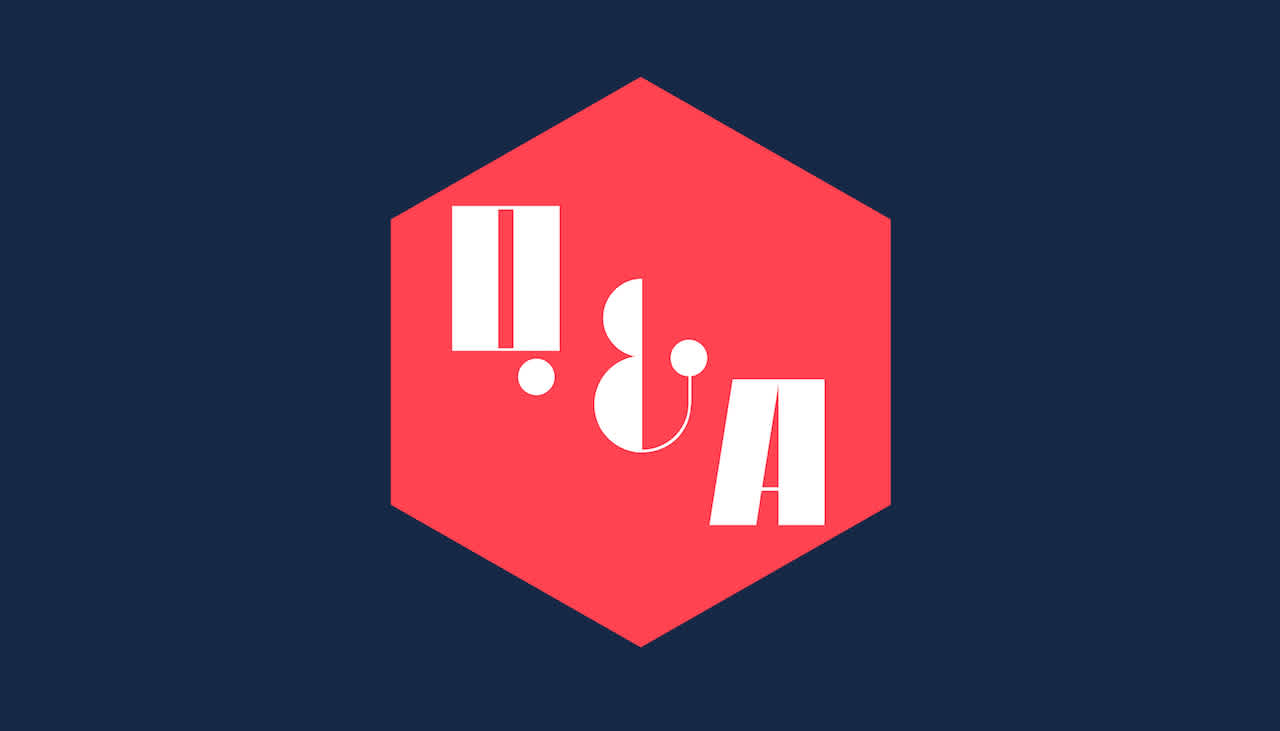Interviews
UX Designers Don’t Exist: Q&A With Boyd Emmen

Whenever we start hearing people act or express themselves like everyone else, that’s our cue to start questioning. That’s why Interaction Designer Boyd Emmen sat down to ask himself a few questions—mostly on UX. And as question master, it was only fair to let Interaction Designer Boyd create the questions himself (and answer them, too). Okay. Ready?
I started working at Edenspiekermann 2 years ago. How much have we changed since then?
Things have changed massively. We’re not only growing in size, but also in our skills. The fact that we now have a more diverse group of people, with a lot of experience in advertising and marketing too, has completely changed the way I work myself, for example. We’re all people who like to create work that stands out. In order to do that you can’t be like anyone else. You have to ask difficult questions, challenge the client, and also know when to stop.
What hasn’t changed is that there’s still room (even more actually) for exploration and a personal way of doing things. I can create my own processes to find a solution, together with the people I work with. There’s a major difference in being told what to deliver, and being told how you should get there.
The Amsterdam office has relatively few interaction designers compared to agencies similar in size. What does that mean for my work?
Although I’d like to see more interaction designers, I actually see it as one of our core strengths. Most of our designers are excellent at applying the basic interaction principles in their work while they design. We’re so-called “T-shaped” professionals, and this especially comes in handy in projects where the main focus is on the experience of the story.
We don’t always follow convention or common practices, which creates more interesting projects. But when we work on very user-oriented, task-driven projects, such as Reaxys or Schiphol which also require a lot of research and user testing, it’s good to have some dedicated interaction designers like myself.
So, what kind of (interaction) designer does that make me?
I’m working more on the research and design side rather than the technical side. That doesn’t mean I’m a non-technical person; I speak the tech language well enough to ask the right questions to the experts in our team. My personal interest lies in discovering new worlds, and finding ways to present my ideas and conclusions and execute them into a concept. Sometimes, the answer is a wireframe or visual design. Other times, a Keynote presentation or an Excel sheet. From there, together with a team, I can take it to the next level.
I would never call myself a user experience designer. Why is that?
In my opinion, nobody can call themselves a UX designer. Yes, somebody can monitor the end result, but I believe designing the vision is more related to art direction. UX is a product, not a profession. The experience is the end result of many different things, and this means that we’re all UX designers: developers, visual designers, interaction designer, copywriters, etc.
What do I think UX design means for Edenspiekermann?
We always design products and services in the context of use, as far as possible. It’s not only restricted to one moment or a single use session; we also look at the client. Can they support and realize a concept that we design? If they don’t have the resources, be it time or skill, then our suggested solution won’t fit their DNA and we’ll end up failing the client’s customer.
Many interaction designers are often too focused on industry standards and validated data and will follow it blindly. But in order to make digital products and services that really stand out, you also need to be able to say ‘no’ to what the data tells you and opt for a decision that’s more conceptual—based on a brand principle, for example.
Final question: what does my business card say?
Ehhh.. Interaction Designer, Failed DJ, Cagefighter, Question master.
Boyd Emmen (1988) is a Dutch interaction designer at our Amsterdam office. He studied Communication and Multimedia Design in Breda (2014) and has a background in app- and web design, serious gaming and user-research. He has worked for clients such as KPN, Amsterdam Airport Schiphol, Elsevier, Wolters Kluwer and Nationale Nederlanden. Oh, and he doesn't like horses.